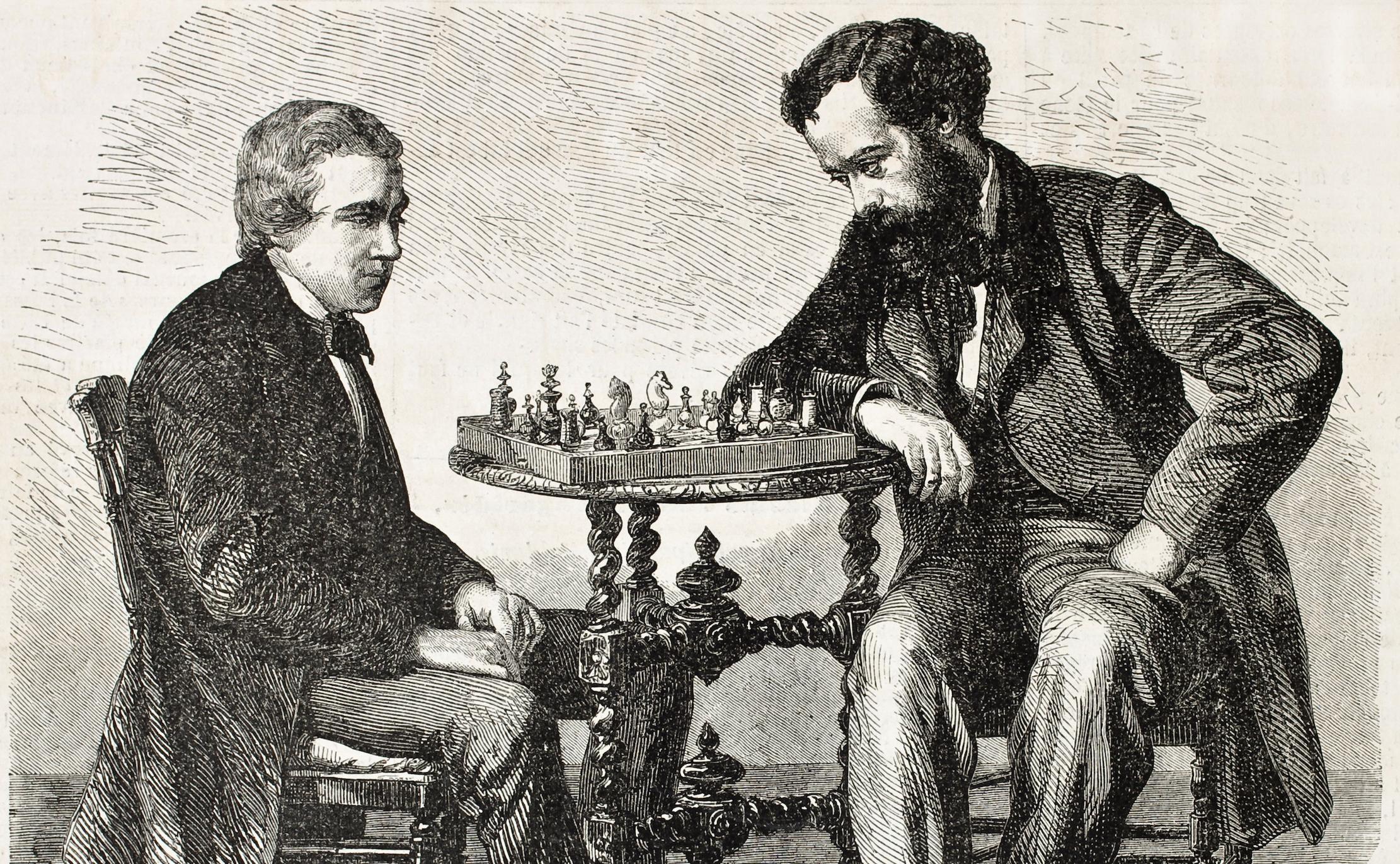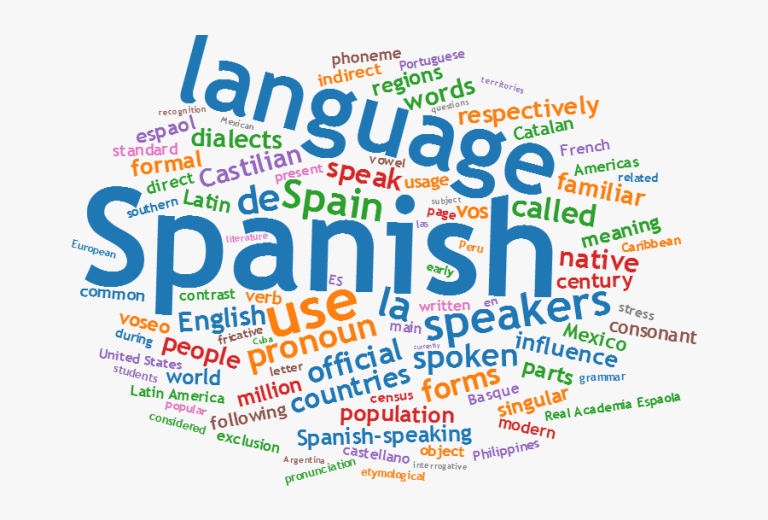How Chess Teaches Financial Literacy: Budgeting Your Moves for Success
Chess is often celebrated for its cognitive benefits, from improving critical thinking to enhancing memory. But one of the more subtle, yet equally valuable, lessons that chess imparts is in financial literacy. Although chess and finance may seem worlds apart, the skills required to succeed in both are strikingly similar. Managing pieces on a chessboard can mirror managing resources in the real world, particularly when it comes to budgeting, risk management, and long-term planning.
In this article, we will explore how chess can teach essential financial principles that benefit children and adults alike.
Budgeting Your Moves
In chess, much like in personal finance, players have a limited set of resources—their pieces. Each piece has a distinct value and role, from the pawns, which are expendable yet critical for strategic depth, to the queen, which holds the most power but must be carefully protected. Similarly, in managing personal finances, individuals need to allocate their resources—whether time, money, or assets—effectively to reach their goals.
Valuing Resources: In both chess and finance, understanding the value of your resources is essential. While a pawn may seem insignificant compared to a queen, pawns play a pivotal role in advancing a strategy or securing a win. Likewise, smaller financial assets, such as savings or low-risk investments, can accumulate and provide security over time. Chess teaches that every piece, like every dollar, can contribute to an overarching strategy when properly utilized.
Making Sacrifices: Often in chess, players must sacrifice a piece to gain a strategic advantage. This is a powerful parallel to budgeting, where sometimes short-term expenses, such as an investment in education or skills, can lead to long-term gains. Chess helps players understand that not all resources need to be preserved at all costs; sometimes letting go of a less valuable asset can pave the way for bigger opportunities.
Strategic Allocation: Just as successful budgeting requires a plan; a chess player must allocate their pieces wisely across the board. In personal finance, this means creating a budget that allocates money for essentials, savings, and investments. In chess, this means deciding when and where to advance or defend certain pieces. The focus is on long-term benefits rather than short-term fixes, ensuring that no resources are squandered unnecessarily.
Risk Management in Chess and Finance
Risk management is a critical element of both chess and financial literacy. Chess teaches players to anticipate risks—such as potential threats from an opponent—and plan their moves accordingly. Similarly, in financial planning, managing risk is essential for safeguarding one’s assets and achieving long-term goals.
Understanding Risk-Reward Ratios: In chess, every move carries some level of risk. For example, advancing a pawn may open the game but could also leave a more important piece vulnerable. Financially, this is analogous to deciding whether to invest in higher-risk, higher-reward opportunities or sticking with safer, lower-return options. Chess teaches individuals to weigh risks against potential rewards, a critical skill for making informed decisions about investments, savings, and spending.
Creating a Safety Net: In chess, some players keep certain pieces in reserve, ready to respond to unexpected threats or opportunities. This is much like having an emergency fund in financial planning, which serves as a safety net for unanticipated expenses. In both cases, safeguarding a portion of your resources ensures that you’re prepared for unexpected events.
Diversification: One of the key principles of sound financial management is diversification—spreading assets across various investments to reduce risk. In chess, this translates into spreading pieces across the board, rather than clustering them in one area. Relying too heavily on a single strategy or piece in chess, much like concentrating investments in one stock or asset, increases risk. Chess teaches players the value of maintaining flexibility and balance, ensuring that they can respond to a variety of challenges.
Long-Term Planning and Goal Setting
Another critical financial literacy skill that chess can teach is long-term planning. Both chess and financial success require thinking several steps ahead, balancing immediate actions with long-term objectives.
Developing a Strategy: In both chess and finance, success is not about making random moves; it’s about developing a strategy and sticking to it. In chess, players create an opening, middle, and endgame plan, each stage building on the previous moves. Similarly, in financial planning, individuals must create a comprehensive financial strategy that includes short-term goals (saving for a vacation), medium-term goals (buying a home), and long-term goals (retirement planning). Chess teaches the importance of crafting a clear plan and executing it with discipline.
Adjusting to Circumstances: While having a plan is essential, both chess players and financial planners must adapt to unforeseen circumstances. In chess, an unexpected move from your opponent might force you to adjust your strategy on the fly. Similarly, in finance, life events like job loss, medical emergencies, or economic downturns may require a reevaluation of financial plans. Chess teaches flexibility and adaptability, helping individuals become more resilient in the face of challenges.
Patience and Delayed Gratification: In a world that often values instant results, chess teaches the importance of patience and delayed gratification. In the game, quick victories are rare; it takes time to build a strategy and execute a plan. Similarly, in personal finance, the most significant rewards often come from long-term planning and patience. Investments in retirement funds, for example, take years to grow, but the payoff is worth the wait. Chess instills the value of thinking long-term and resisting the temptation for immediate but short-lived gains.
Conclusion: Chess as a Financial Literacy Teacher
Chess provides much more than a mental workout; it serves as a powerful tool for teaching financial literacy. The parallels between managing a chess game and managing personal finances are clear—both require understanding resource allocation, assessing risks, and planning for the future. By learning chess, children and adults alike can sharpen financial skills that will help them budget wisely, manage risks effectively, and achieve long-term financial goals.
As a game of strategy, risk, and foresight, chess lays the foundation for sound financial thinking. Whether you’re managing pawns or planning investments, the lessons of chess can help guide you to success both on and off the board. Encouraging individuals to learn chess not only sharpens their minds but also prepares them to make better financial decisions throughout their lives.






